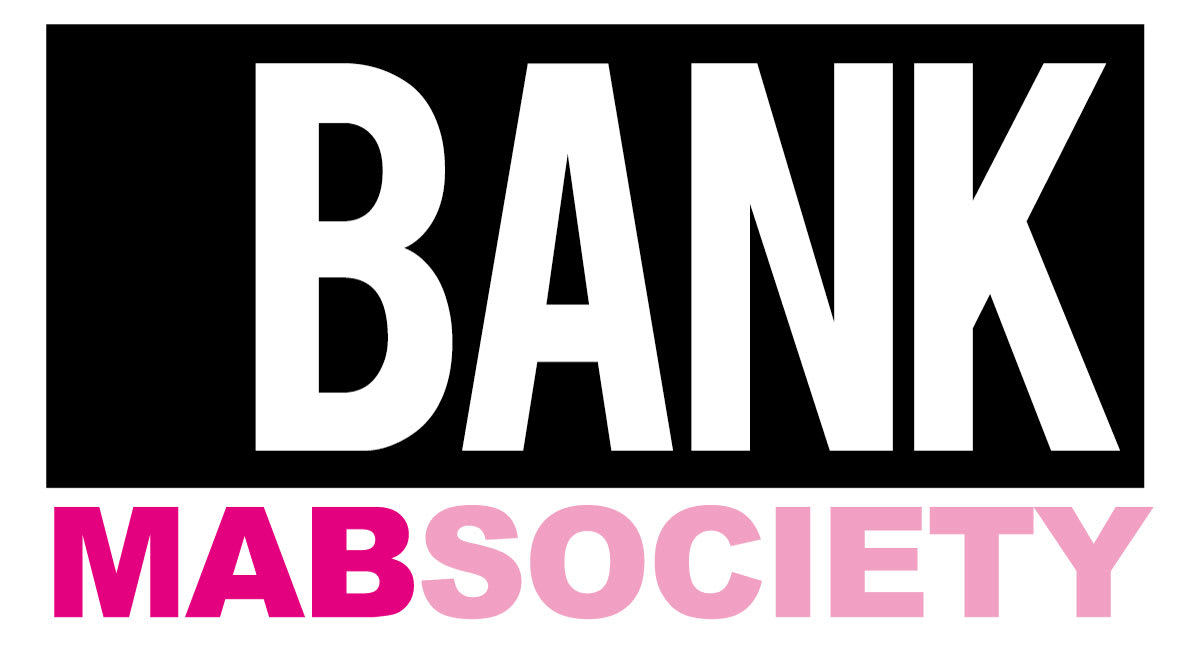Ching Ho Cheng: Tracing Infinity
Ching Ho Cheng’s solo exhibition at BANK’s Elizabeth Street gallery is replete with smooth and luminous surfaces. The gouache and pastel works on view were created at the artist’s residence and studio at the fabled Chelsea Hotel, and many works represent sunlight cast through windows and onto the hotel walls. The paintings produce a tranquil and focused ambiance as they invite one to bask in their subtle tonal variations.
Ching Ho Cheng (1946–89) was a queer Chinese-American artist born in Havana, Cuba, who worked largely in New York City and remained underrecognized during his lifetime. The exhibited works on paper were made between 1978 and 1982, after Cheng’s shift from maximalist psychedelic paintings to more restrained gouache works. They emerge at the tail end of this artistic phase, during which the artist turned to his everyday surroundings to poeticize immaterial and ephemeral phenomena.
Upon first glance, Cheng’s works appear withholding and disclose little about the process of their making. Many of his gouache paintings feature rectilinear edges and vertical lines that suggest a mechanical process, yet these elements dissolve into expansive fields of color. Encased in vitrines, Cheng’s works reflect the viewer and the environment of the gallery, producing what Gert Schiff described as “a parallel between the illusion within, created by the painter, and the play of real light without.” They envelop the viewer in nuanced plays of color, light, and shadow, making one feel a heightened awareness of their senses and surroundings.
Untitled (window diptych) (1980) comprises two gouaches on rag paper. Each presents the same interior wall, indicated by the placement of a light switch and a patch of crumbling paint. Saturated yellow forms stretch across both compositions, implying directional light filtering into Cheng’s room. While the framed sunlight is parallel to the light switch in one of the paintings, it enters the interior space at a sharply acute angle in the other, highlighting the sun’s ever-changing position. The diptych further invokes the passage of time through signs of deterioration in the exposed wall. The eternal cycle of the sun’s movement and the fragile impermanence of human environments collapse into one portrait, foregrounding notions of flux and transformation that Cheng embraced in his study of Taoist philosophy.
Untitled (window) 无题(窗户) (1982) is even more minimal in its representational content. A slanted geometric opening in the center of the painting glows with a calming hue of powder blue. Its airbrushed surface and spare interplay of colors effectively convey light in a dimensional space, infusing the work with a spatial and psychological interiority that amplifies a feeling of serene contemplation. On the adjacent wall, four elongated “Shadow Box” paintings present subtle gradations of off-white, prompting perceptual alertness and philosophical reflection.
Cheng’s forms are suffused with touch. A wall of pastel works is characterized by vibrant geometric shapes: orange and yellow forms jut out from matte expanses of brown and blue. The dense ground of these works reveals the artist’s repeated rubbing, while the hand-torn edges of the rag paper underscore a sense of tactility. A display of archival materials in the gallery magnifies these traces, offering intimate insight into the artist’s life.
The selection includes documents from Cheng’s childhood, such as his parents’ diplomatic passport (his father was the First Secretary of the Republic of China’s Legation in Cuba) and photos of Cheng as a child with his parents in Havana, and of him with his younger sister, Sybao, after the family’s immigration to Queens, New York. Handwritten letters from the mid-1970s to his sister and to Tally Brown, his once-lover and friend, abound with affection: Cheng addresses Brown as “Dearest Ling Ling” and signs his letter off with a red stamp of his fingerprint. A postcard to Sybao begins with “Dearest Bébé,” is imprinted with a fresh cut onion seal, and is signed endearingly with “XXX Ching 哥” (Chinese for elder brother). Between family photographs and Cheng’s accounts of various mundanities—the humidity in Paris, the new discotheque where he goes dancing, his excitement over new work—the artist’s voice is palpably present and stirs a sense of fondness.
For all the calm energy in Cheng’s gouache and pastel works, the artist lived through turbulent times. Active during a period of profound social and cultural upheaval, Cheng endured the tragic loss of many friends during the HIV/AIDS crisis shortly after creating his gouache works. This exhibition exemplifies the ways Cheng paid loving attention to the world around him, and his evocative work continues to encourage viewers to do the same.


